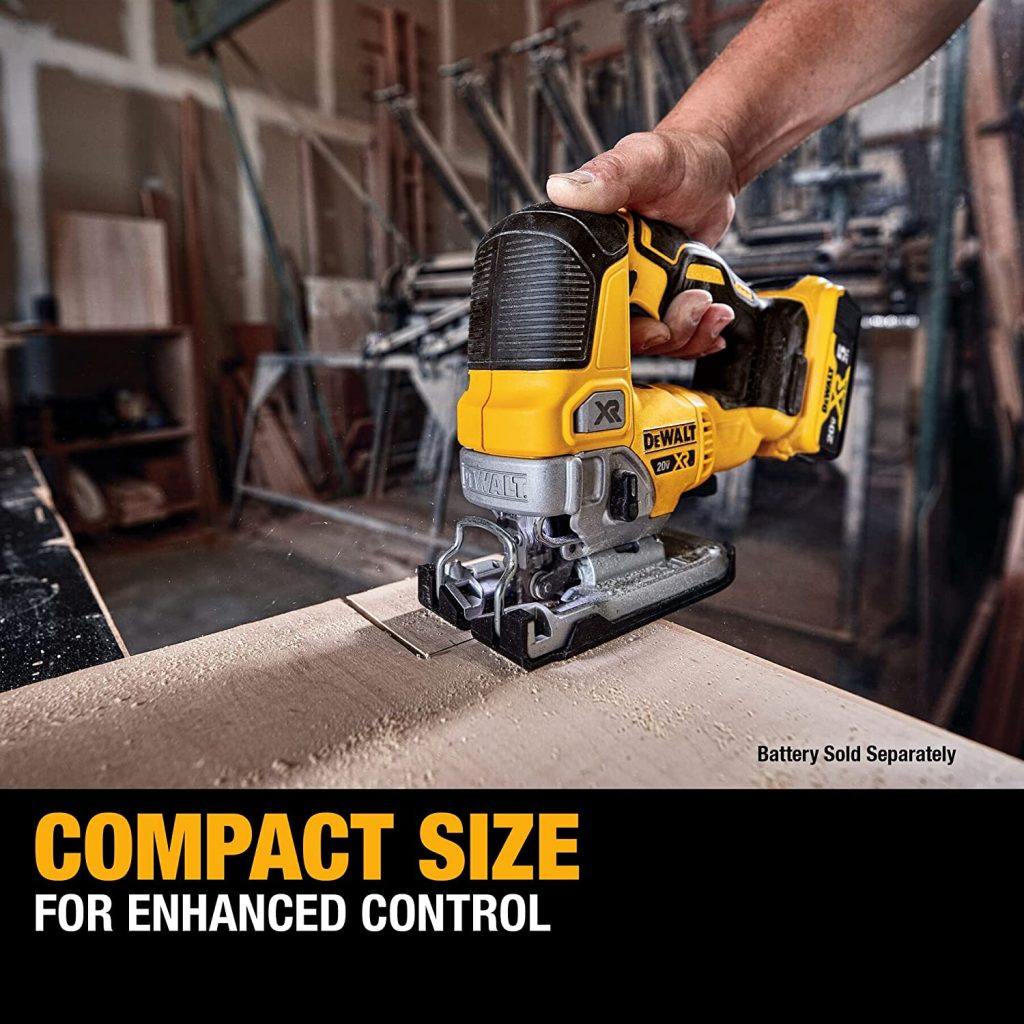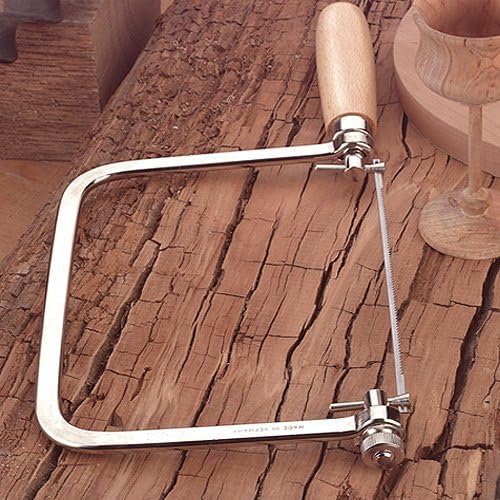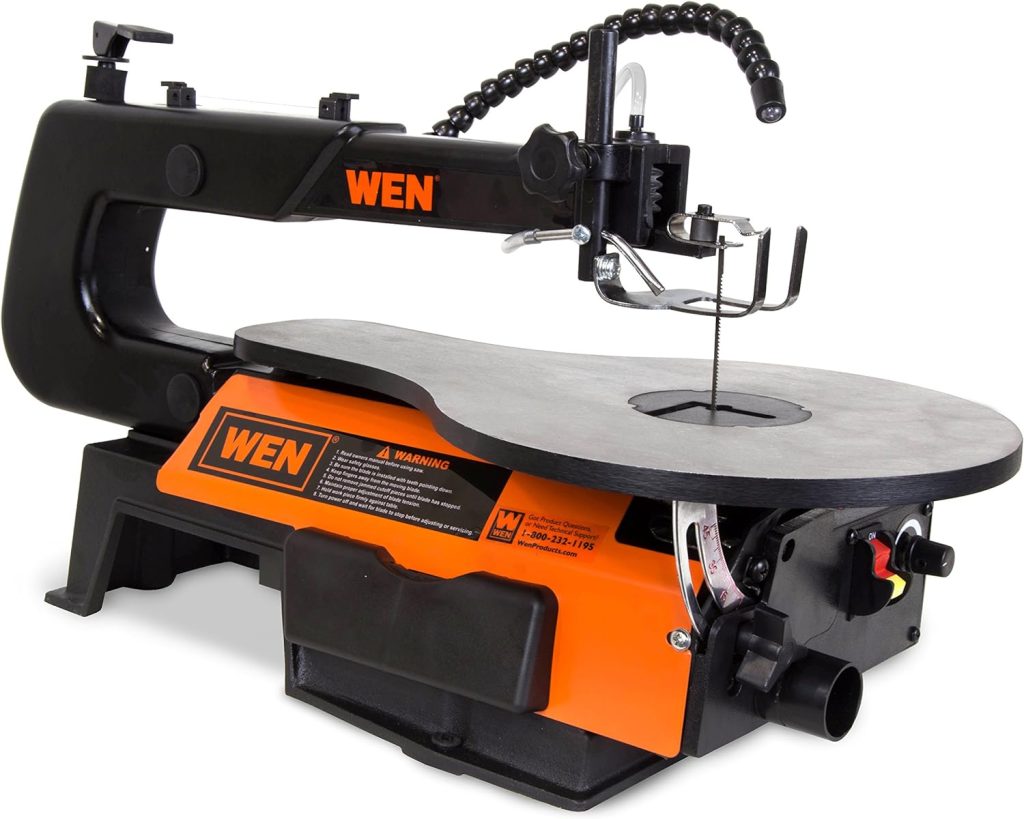Need help or have a question?
Contact us at: contact@dodecorating.com
Work Hours
Monday to Friday: 7AM - 7PM
Weekend: 10AM - 5PM
Need help or have a question?
Contact us at: contact@dodecorating.com
Work Hours
Monday to Friday: 7AM - 7PM
Weekend: 10AM - 5PM

The type of saw you use to cut shapes out of wood depends on the desired final product, as well as the budget and skill level of the woodworker. For instance, a simple hand-held jigsaw can be used to make basic cuts in wood, while a more specialized tool like a scroll saw is better for more intricate designs. Saws for cutting shapes out of woods are classified according to their blade type as well as the size and power of the saw. Here are five common types of saws used to cut shapes out of wood:
The jigsaw is a handheld power tool that uses a reciprocating blade to create cuts in wood. It is one of the most versatile tools available and can be used to make straight, curved, or even spiral cuts in wood. The jigsaw consists of a handle, a trigger, a baseplate, and a blade.
To use a jigsaw, the blade is first inserted into the wood. The trigger is then pulled to start the blade moving up and down. The woodworker guides the blade along the desired cut line. It is important to keep the hand steady and use a light touch when guiding the blade, as too much pressure can cause the blade to break.
The advantages of a jigsaw are its portability and the fact that it can be used to make cuts in wood that are difficult or even impossible to make with other types of saws. The jigsaw is also relatively inexpensive and easy to use. The downsides of a jigsaw are that it is less precise than other types of saws, and the blades can be difficult to change. The jigsaw is also more likely to kickback than other types of saws.
With electronic speed control and a variety of blade types, the jigsaw has become one of the most versatile tools available.
Find here Our Most recommanded jigsaw (the DEWALT 20V MAX XR dcs334b jigsaw)


The coping saw is a type of hand saw that consists of a thin, circular blade held in place by a metal frame. The blade is held under tension and can be easily removed from the frame. The coping saw is used to make detailed cuts in wood, such as those required for scroll work or inlay work.
With the blade in place, the coping saw is inserted into the wood. The woodworker then uses a back and forth motion to cut along the desired line. The thinness of the blade allows the coping saw to make tight turns and cuts that would be difficult or impossible to make with other types of saws.
The pros of a coping saw are its portability, versatility, and relatively low cost. The cons of a coping saw are that it can be difficult to control, and the blade can break if too much pressure is applied.
It is best used in conjunction with other types of saws, such as a jigsaw, to create the desired final product.

Scroll saws are specialized saws that are used to create intricate cuts in wood. They consist of a table, a blade, and a motor. The blade is held in place by a clamp, and the motor is used to move the blade up and down. It is also possible to attach a foot pedal to the scroll saw, which allows the woodworker to control the speed of the blade.
Scroll saws are used to create detailed cuts, such as those required for intricate scroll work or inlay work. With the blade moving at a high speed, the scroll saw can make very precise cuts. These saws can also be used to create freehand designs by moving the saw around the wood.
The advantages of a scroll saw are its portability, versatility, and precision. The disadvantages of a scroll saw are that it can be difficult to control, and the blades can be expensive.
A vertical band saw is a type of power saw that consists of a table, a blade, and a motor. The blade is held in place by a clamp, and the motor is used to move the blade up and down. Vertical band saws are larger and more powerful than scroll saws and are used to make cuts in wood that are too large or too difficult for a scroll saw to handle.
Vertical band saws are used to make straight cuts, curved cuts, or even spiral cuts in wood. The saw can be set up to cut along a straight line or a curved line. It is also possible to attach a guide to the saw to help ensure that the cuts are made in a straight line.
The advantages of a vertical band saw are its power and versatility. The disadvantages of a vertical band saw are that it is larger and more expensive than a scroll saw, and it can be difficult to control if the guide is not used.
Fret saw is a type of hand saw that is used to make very precise, intricate cuts in wood. It consists of a thin, circular blade that is held in place by a metal frame. The blade is held under tension and can be easily removed from the frame.
Fret saws are used to create detailed cuts, such as those required for scroll work or inlay work. With the blade in place, the fret saw is inserted into the wood. The woodworker then uses a back and forth motion to cut along the desired line. The thinness of the blade allows the fret saw to make tight turns and cuts that would be difficult or impossible to make with other types of saws.
The good thing about a fret saw is that it is very versatile and can be used to create a variety of different designs. When using a fret saw, it is important to use a light touch and to take your time. This is because the blade is very thin and can easily break if too much pressure is applied.
These are just some of the many different types of saws that are available for cutting wood. Each type of saw has its own advantages and disadvantages, so it is important to choose the right one for the job at hand. With the right saw, you can create a variety of different projects, from simple pieces of furniture to intricate works of art.